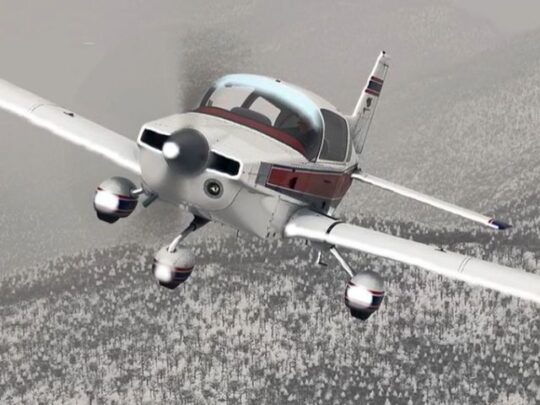Subscriber question:
"My instructor says flying an obstacle departure procedure (ODP) isn't required, but I should always do it under IFR unless I'm assigned something else. He also says I should do it VFR at night. Can you explain this?" — Chris D.
John:

“It’s true that for Part 91 pilots Obstacle Departure Procedures, or ODPs, are not mandatory. However, when flown correctly, ODPs ensure terrain and obstacle clearance. That alone is a strong argument for using them whenever terrain and obstacles can’t be comfortably avoided visually. That could be a low IFR day—but it could also be a clear but dark night, or even a good VFR day in an area you’re unfamiliar with. For that reason, the ODP can be a great tool for the VFR pilot, too. If there’s any doubt about clearing obstacles as you climb away from an airport, flying the ODP should be an easy choice.
Flying the procedure correctly is important. ODPs are little understood and often under-emphasized in training. Since they’re usually text-only, they can also be difficult to interpret. They’re not listed with the airport approach charts (unless you’re using Jeppesen charts) so they can be difficult to find.
When departing a Class G (non-towered) airport, you shouldn’t assume that your clearance accounts for obstacles. ODPs are rarely assigned by ATC. A clearance direct to the first fix on the flight plan doesn’t imply that the path is clear. It’s up to you to use the ODP if necessary to keep from hitting anything.
ODPs may be flown without ATC clearance unless you have been assigned a specific departure procedure. You don’t need explicit ATC permission to fly the procedure. But you should advise ATC if you intend to. That way the controller won’t be surprised when you show up on a course or heading other than direct to the first fix on your flight plan.”
Do you review (and maybe use) Obstacle Departure Procedures when departing a non-towered airport VFR at night?

